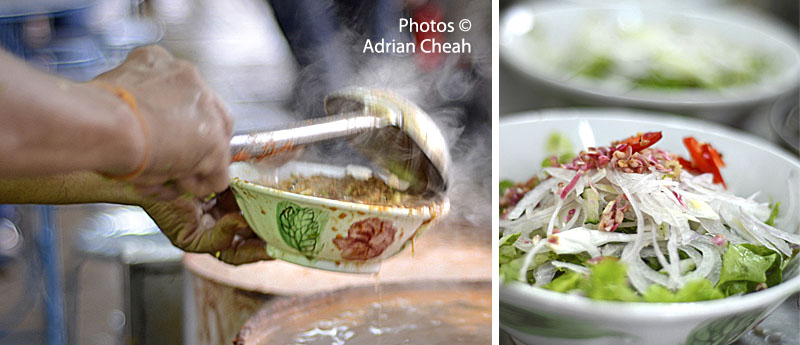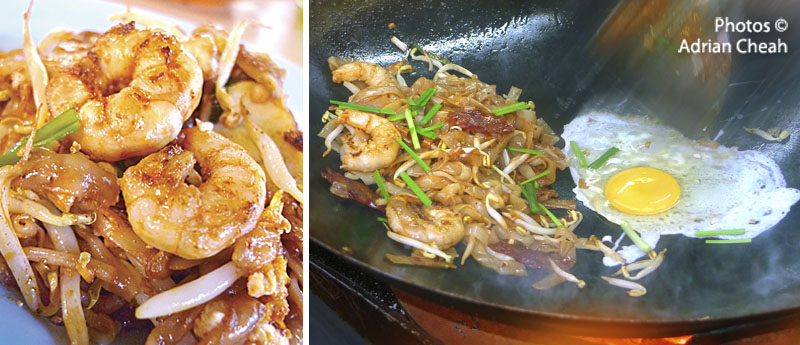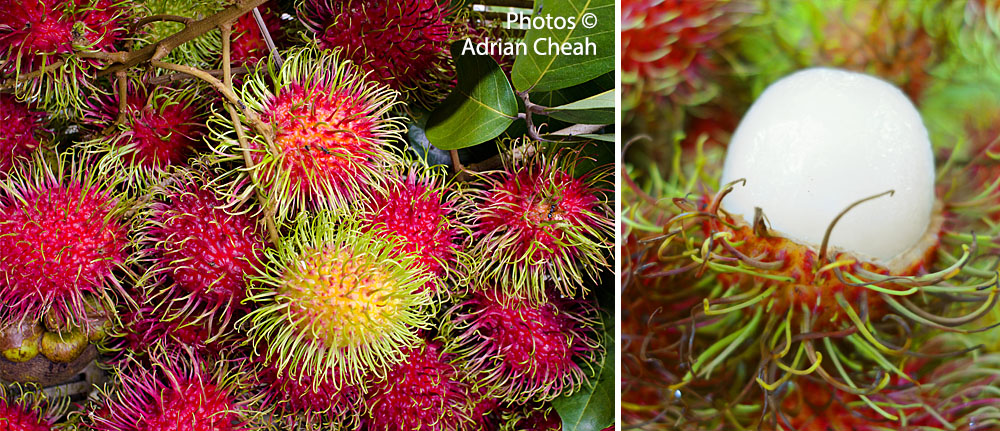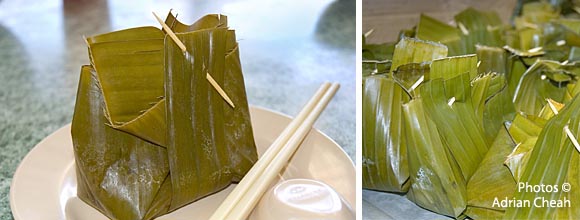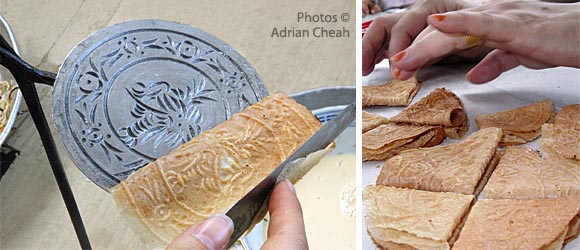Kebaya – inventive pan-Asian haute cuisine
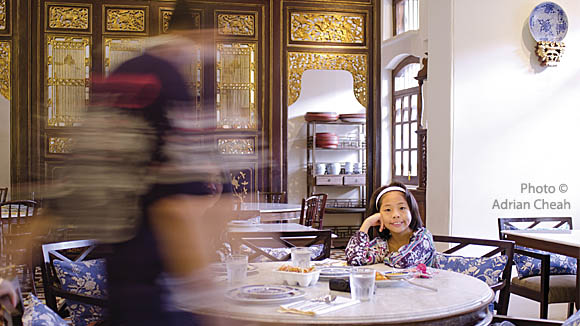
The first time I sampled Christopher Ong’s cooking was at a Chinese New Year open house he held many years back. Lam Mee was on the lineup and although it is an uncomplicated dish to prepare, a flavourful stock was necessary to serve up a delicious bowl. With a dollop of sambal belacan on the side, I relish the entire bowl with gusto that day. It was wonderful and had just the right combination of everything a good bowl of Lam Mee would call for. Chris also highlighted that I was eating off an authentic antique Peranakan blue and white batik bowl.
Continue Reading
The culinary legacy of the Nyonyas
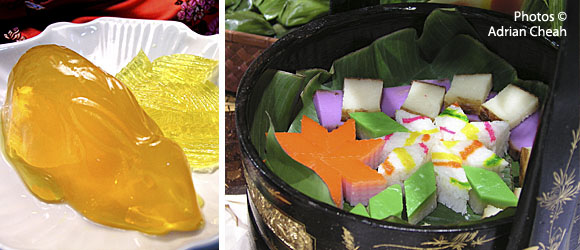
Historical records suggest that when Chinese migrants arrived in then Malaya, they brought with them several culinary styles, among them Hakka, Hainan, Foochow, Canton and others. One style of cooking which metamorphosed out of these 'prototypes' is known today as Nyonya or Chinese Peranakan cuisine, a combination of Chinese and Malay flavours.
Continue Reading
Appetising Nyonya Acar Hu (Nyonya pickled silver mullet)
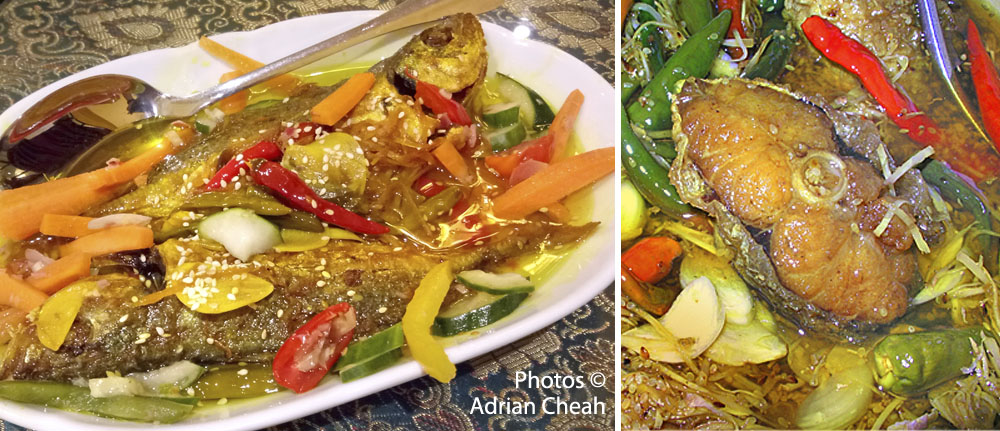
Nyonya Acar Hu is one of my favourite acar options that can truly whet one's appetite. Mum has been making this savoury delight for as long as I can remember. Its appetising flavours can be appreciated with a plate of steamed white rice.
This dish is like no other, combining a beautiful balance of sweet and sour flavours, spiced with cabai burung (bird’s eye chillies), ginger and of course, fresh turmeric. Other ingredients like shallots and garlic cloves are little preserved nuggets that complement the fish well. The deep-fried fish, given ample time to develop in the fresh turmeric vinaigrette are extremely tasty and tantalising. This is a dish that will wake up all your senses.
Continue Reading
Make your own Acar Awak (spicy mixed vegetable pickle)
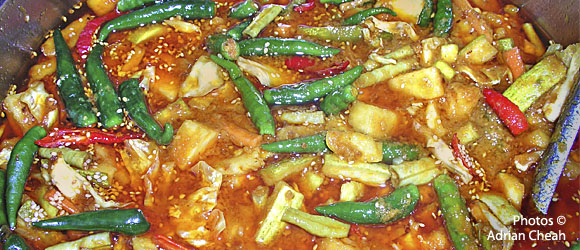
A crunchy and aromatic dish concocted of mixed vegetables infused in a rich and spicy gravy garnished with crushed groundnuts. This dish acts as an appetiser in any meal. It adds zest to a plain dish of 'economy' fried bee hoon.
Continue Reading
Nasi lemak – a parcel of Malaysian goodness
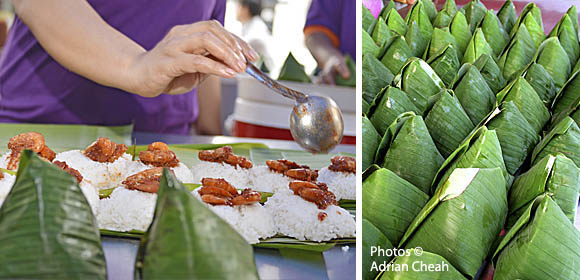
A favourite breakfast dish for most Malaysians is Nasi Lemak – something which transcends the often-tenuous ethnic boundaries in this multi-racial country, as Malays, Indians and Chinese, all love it!
Continue Reading
Roti Jala (net crepes) are simply irresistible with curry chicken and potatoes
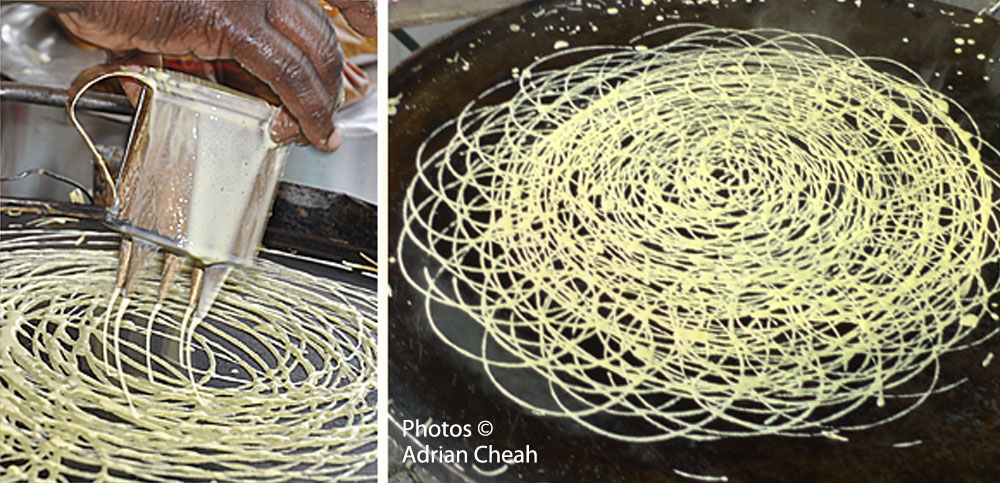
If you are a tourist in Penang during Ramadhan, you have to add the Ramadhan bazaar to your list of must-see places. The month-long Ramadhan bazaar (opens from 3:30 – 7:30 pm) offers a wide variety of Malay specialities and it is a wonderful market to scout for delicious treats. Roti Jala is something I will usually buy among many others.
Continue Reading
Fanning the flames of satay
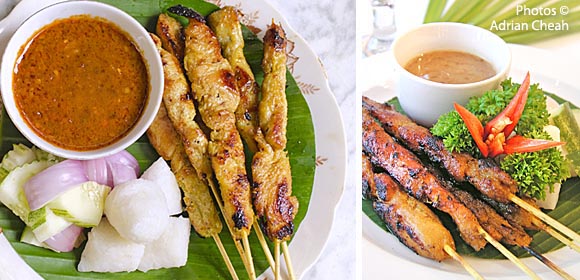
Satay is an example of how Penang cuisine was greatly influenced by the Arabs who came here to trade from the Middle East. Some say that this dish has Turkish roots. Be that as it may, satay has been available in Malaysia for many years already and is synonymous with Malay cuisine.
Continue Reading
Fresh and colourful Nordic cuisine
We have a better understanding of what the Vikings ate through archeological finds. Here are some examples of food species excavated from Dublin during the Viking age: fish – cod, ling; shellfish – cockles, mussels, oysters, scallops; cereals – wheat, rye, oats, barley; fruits – blackberries, apples, strawberries, sloes, elderberries, cherries, plums, hawthorns, mountain ashes, rose hips; vegetables – nettle, brassicas, celery, carrot, radish, fennel; legumes – peas; nuts – hazelnuts; and others including black mustard, poppy seeds and rapeseeds.
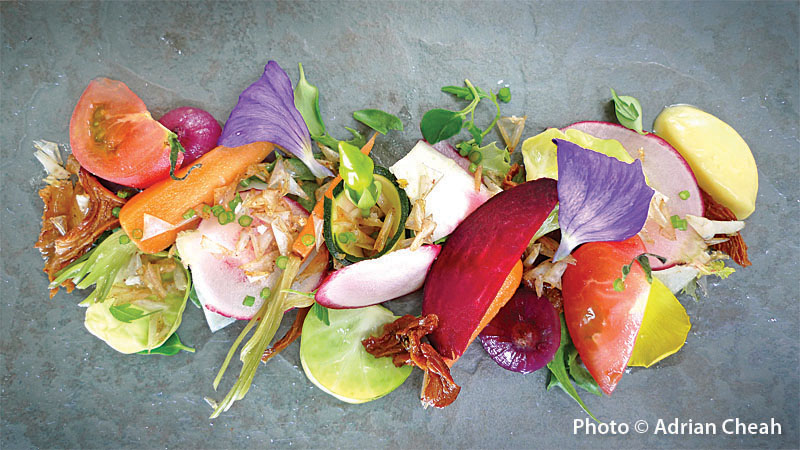
The fresh and colourful Nordic salad is served on a rectangular slate with Hollandaise sauce. The shallots infused with vanilla and pickle vegetables are memorable.
Continue Reading
Spongy Kuih Bahulu recipe

Kuih Bahulu (also known as Kuih Baulu or Kuih Bolu) is a perennial favourite among Malaysians of all ages. In Hokkien, it is called Kay Nui Koh. It is a mini light and fluffy sponge cake made from eggs, flour and sugar. It has a slightly crusty outer layer with a soft and fluffy inside, quite similar in taste and texture to a French Madeleine. However, when compared to many western cakes, Kuih Bahulu is much lighter in texture and has a subtle sweetness.
Continue Reading



